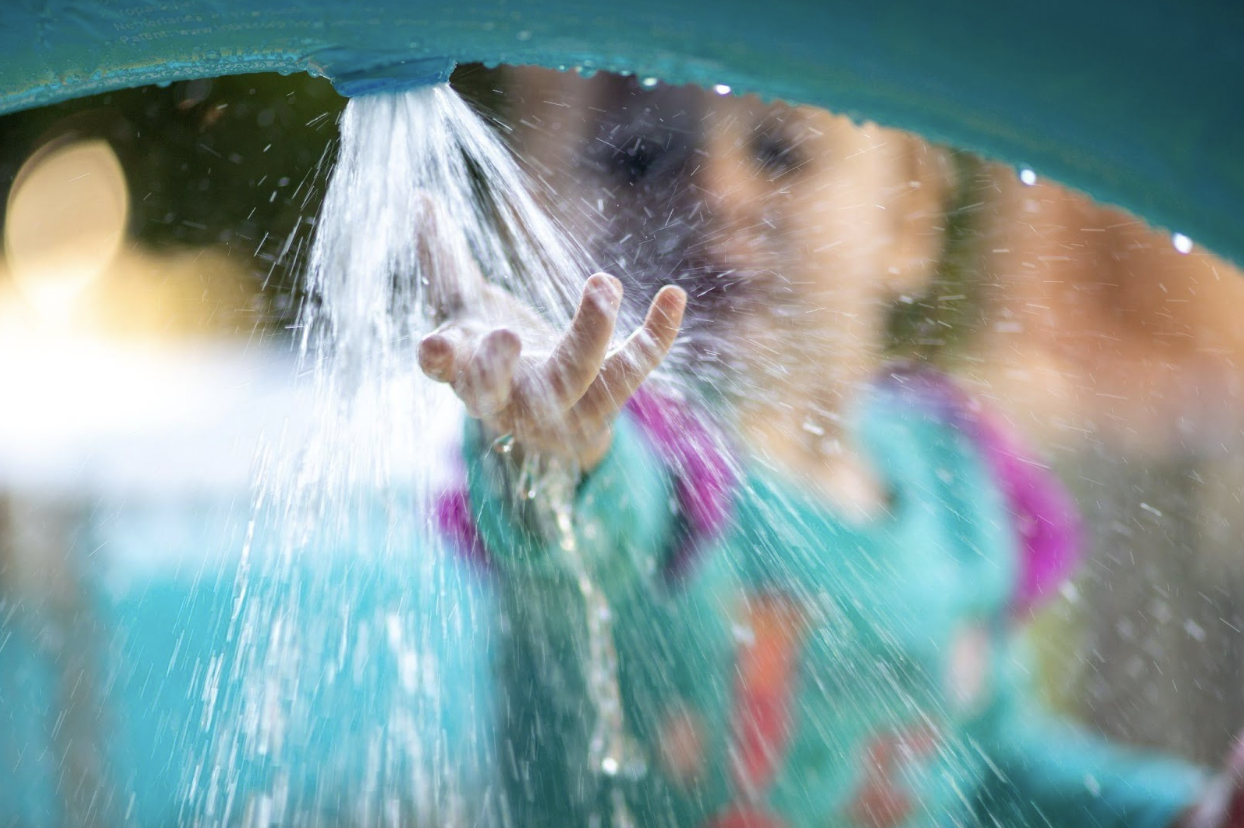
Sensory materials help your children do what they do best—learn through play—by stimulating all five senses: touch, sight, smell, hearing, and taste.
Sensory play gives toddlers a chance to engage with the world around them. It can aid in cognitive growth through experimentation and exploration as a toddler starts to think more abstractly than they might be used to. Instead of simply observing the world, they’re learning how to be an active part of it.
Seven Sensory Activities
A sensory material is anything your child plays with that stimulates one (or more) of their five senses. There isn’t just one way that these materials can be played with—instead they can be manipulated in all sorts of ways, unlocking your child’s creativity.
Here are seven great sensory activities for toddlers:
1. Sensory Bins
To create a sensory bin, find a bin or a bucket and collect some items from nature or around the house to put inside it. These things should have different, interesting textures that your toddler will be tempted to explore with their fingers.
From outdoors, think of things like leaves, rocks, blades of grass, and flower petals. From the pantry, choose pasta, rice, or beans. The best sensory bins have little treasures buried throughout and scoops for your toddlers to uncover what they’re looking for.
2. Guess the Item
Toddlers love asking questions, and this sensory game gives them the perfect opportunity to get curious. Choose an item and keep it out of their line of sight, then use it to make a sound—crinkle paper or push buttons or a bounce a ball—and encourage your toddler to guess the item you’re holding by hearing only the sound it makes.
You can also play this game with smell! Ask your toddler to close their eyes and place a familiar (or unfamiliar!) scent near their nose and see if they can identify the item.
3. Sound Tubes
Sound tubes will surely tickle your child’s ears in the best way, and all you need are a few paper towel tubes and some household ingredients like rice, dry pasta, or beans. Fill each tube with a different ingredient and secure the ends with duct tape, then let your toddler soak in the unique sounds that each different material makes.
4. Balance Beam
It’s likely that you have a balance beam at your local park, and that’s a great place to go if you’re looking to get out of the house. But if you’re hanging out at home for the day, you don’t need an official balance beam for some balance play. All you need is some masking tape and space on the bare floor. Create a line of tape and have your toddler walk from one end to the other without wobbling off the line.
5. The Sandbox
Some of us are lucky enough to have sandboxes right in the backyard, but if you don’t, this is yet another great excuse to head out to the park. You don’t need anything fancy for the sandbox; this is an environment where a child innately thrives. A couple buckets, shovels, and other such tools will be enough to stimulate their creativity and get them exploring.
6. Taste Test
Much like the sound and smell test game, the taste test game is a great way to stimulate the senses too. Find a handful of foods that you know your toddler enjoys and blindfold them before having them test the foods and guess what they’re tasting. It’s harder than you might think!
7. Frozen Toys
For this activity, all you need is a reusable container and a few small toys. Put the toys in water and place them in the freezer overnight, and the next day your toddler will have an ice block full of toys they work excavate. This is the perfect summer activity—you can bring the ice block outside and give your toddler child-sized tools and warm water to get the toys out.
Awakening the Senses
At Austin Children’s Academy, we focus on sensory activities every single day. If you’re interested in learning more and seeing if we’re the right fit for your toddler, get in touch with us today.





















